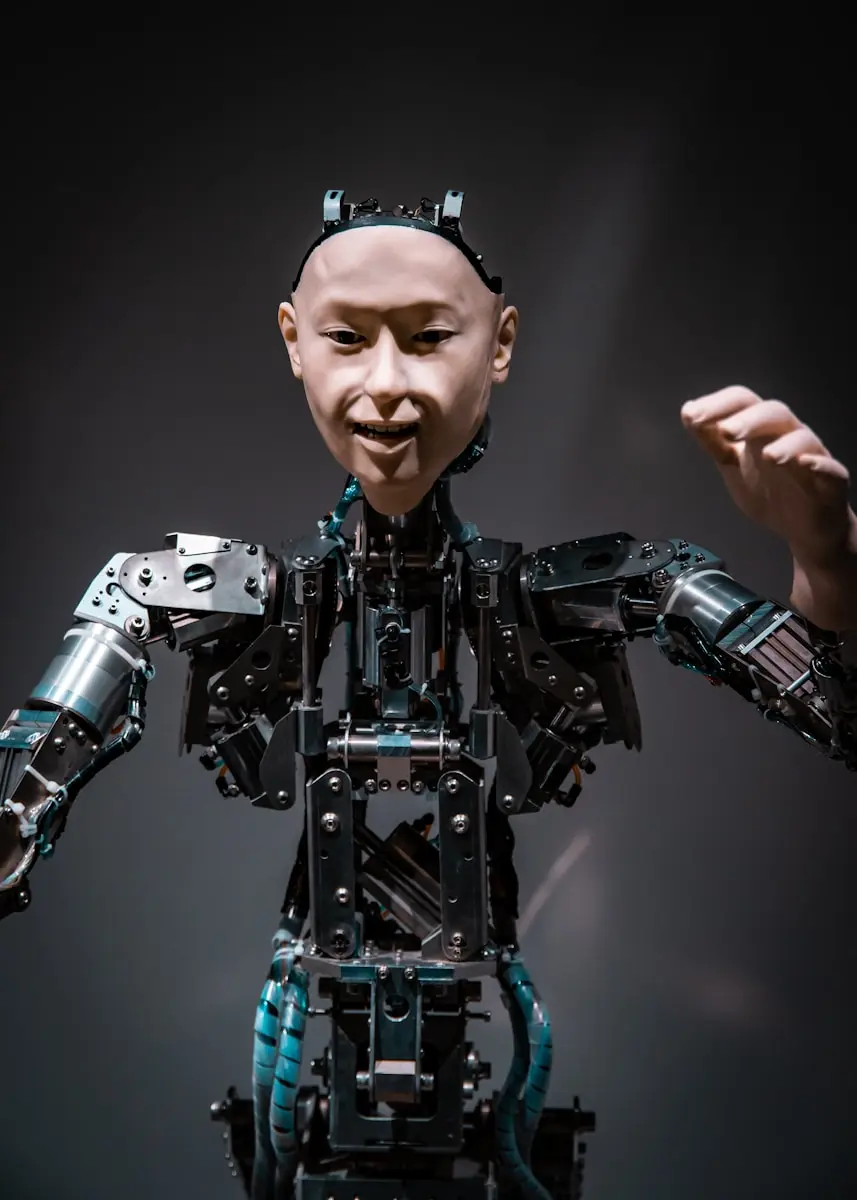With the acceleration of technological progress in humanoid robots with support. AI There is a growing demand for their use in communication with people. The Chinese company Fourier Intelligence has announced plans to produce 100 general-purpose humanoid robots, GR-1, by the end of 2023. According to the creators’ vision, they will assist patients in rehabilitation.
Robots to assist patients
The GR-1 humanoid robots will be equipped with the ability to transfer patients from beds to wheelchairs, as well as assist in picking up objects. These therapeutic machines will also aid in treatment. Their range of capabilities will be quite broad: from improving wrist strength and training hand and finger grip in patients to lower body exoskeleton training.
As noted by the publication Interesting Engineering The GR-1 project was launched in 2019 to meet the needs of the elderly population in China. The National Health Commission has documented that by 2035, the number of people aged 60 and older will increase from 280 million to over 400 million.
Dzen Koh, CEO and co-founder of Fourier Intelligence, says that as we move forward, the GR-1 could care for lonely elderly people. This social robot could become a therapy assistant and a companion at home for them.
The new robotic humanoid stands just over 1.64 meters tall and weighs 55 kg. It can walk, avoid obstacles, and perform simple tasks (such as holding bottles).
The robot project is currently in the research and development stage, and creating a prototype will take about 2-3 years. Mr. Koch says that the system itself can achieve autonomous balance while walking and perform various tasks. Developers can program this humanoid robot to sit, stand, and jump. The owner of this robotic assistant will already be able to program its arms to pick up dishes and tools and perform tasks intended by its creators.
Autonomous robotics
The company that produces AI-based robots for healthcare specializes in rehabilitation technologies. It has a program called RehabHub, which offers patients a variety of options – a series of integrated devices for physiotherapy.
Fourier Intelligence has also developed exoskeleton robots for patients. These devices support the arms and legs during physical therapy. The company’s CEO believes that humanoid robots can provide significant assistance and fill a gap that previous technologies could not overcome. Mr. Koh is confident that over time, patients will have autonomous robotics that interact with them.
The robotics company showcased the GR-1 at the World Artificial Intelligence Conference in Shanghai alongside the Tesla Optimus humanoid robot prototype and several others from Chinese companies. Also among the other well-known models presented here was a four-legged robot designed to perform dangerous tasks instead of humans (for example, to detect toxic gas in the atmosphere).


